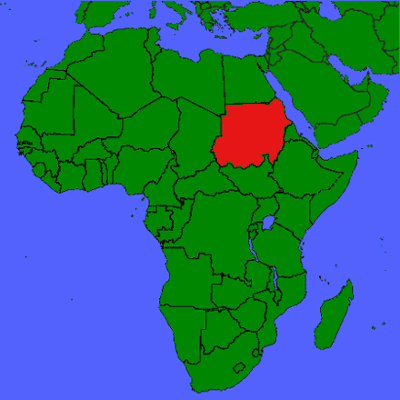
Circle the area on this map

B. The stone was discovered by a French officer after Napoleon Bonaparte invaded Egypt, but two years later British troops seized it from the French and put it in the British Museum. Last month, Egyptians petitioned the museum to return the stone.
D. The obelisk in Vatican City’s St. Peter’s Square was brought to Vatican Hill from Alexandria, Egypt, by the infamous emperor Caligula in the year 40. With about 800 people living on 0.17 square miles, Vatican City is the world’s smallest sovereign state, Monaco is the second smallest, with about 39,000 people living on 0.78 square miles.
C. Several thousand metal plaques and sculptures that once decorated a royal palace were stolen in a British raid on Nigeria’s Benin City in 1897. Nigeria has been seeking the return of the artwork since it gained independence in 1960. With more than 225 million people, Nigeria is Africa’s most populous nation and the sixth most populous country in the world.
A. After more than 200 years spent in the British Museum, the 2,500-year-old Parthenon Marbles could return to Greece in this year, according to reports in the Greek press. The sculptures were removed by a British diplomat from 1801 to 1812, when Greece was ruled by the Ottoman Empire.